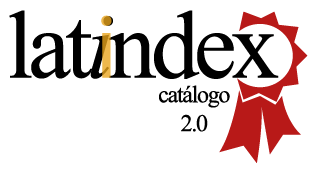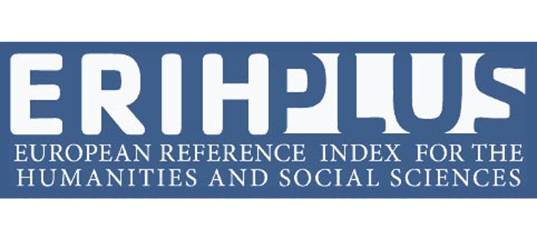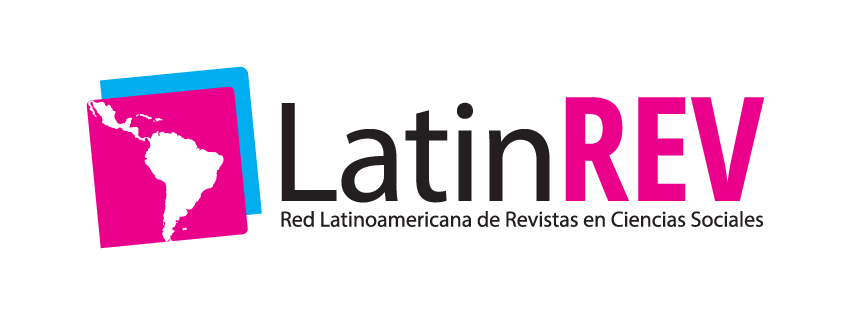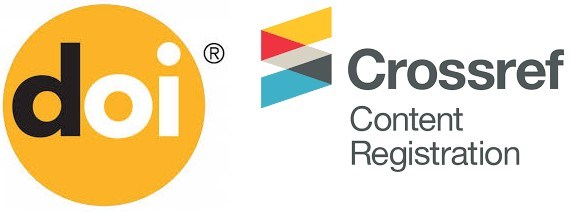Impact of balancing workloads on the productivity of the small textile manufacturing company in Imbabura
DOI:
https://doi.org/10.46480/esj.5.3.150Keywords:
Balancing of Workloads, Productivity, Textile ManufacturingAbstract
The survival of micro, small and medium-sized clothing companies is fundamentally conditioned by maintaining and promoting internal productivity levels. The objective of the research is to determine the effect of the introduction of workload balancing on the productivity of a clothing line of a small company in the province of Imbabura - Ecuador. The basic workload balancing model and the SALBP-1 model were used sequentially. The balance achieved shows a positive variation in multifactorial productivity of 7.2%, while the productivity of the labor factor increased by 22.2%. The improved process allows the company to respond to fluctuations in production demand with better expected results in economic terms.
Downloads
References
Orejuela Cabrera, J., y Flórez González, A. (2019). Balanceo de líneas de producción en la industria farmacéutica mediante Programación por metas. INGE CUC, 15(1), 109-122.
Orellana Osorio, I., Pinos Luzuriaga, L., Tonon Ordóñez, L., Reyes Clavijo, M., y Cevallos Rodríguez, E. (2020). Analysis of business closure in the manufacturing sector of Ecuador, period 1901 - 2018. Ecos De Economía: A Latin American Journal of Applied Economics, 24(50), 45-79. https://doi.org/10.17230/ecos.2020.50.3
Pearce, Bryan y Antani, Kavit y Mears, Laine y Funk, Kilian y Mayorga, Maria y Kurz, M.. (2019). An effective integer program for a general assem-bly line balancing problem with parallel workers and additional assignment restrictions. Journal of Manufacturing Systems. 50. 180-192. 10.1016/j.jmsy.2018.12.011.
Peña-Orozco, Diego León, y Jiménez-Gómez, Jaime Leonardo. (2019). Pro-blema de balanceo de una línea del tipo SALBP: caso de una línea de con-fección de prendas. Revista Logos Ciencia y Tecnología, 11(2), 176-196.
Ramos, Carlos y Barreto, Rúben y Mota, Bruno y Gomes, Luis y Faria, Pe-dro y Vale, Zita. (2020). Scheduling of a Textile Production Line Integrating PV Generation Using a Genetic Algorithm. Energy Reports. 6. 14-18. 10.1016/j.egyr.2020.11.093.
Rongfan, Liu y Liu, Ming y Chu, Feng y Zheng, Feifeng y Chu, Chengbin. (2020). Eco-friendly multi-skilled worker assignment and assembly line bal-ancing problem. Computers y Industrial Engineering. 151. 10.1016/j.cie.2020.106944.
Solis Granda, L. E., y Robalino Muñiz, R. C. (2019). El papel de las PYMES en las sociedades y su problemática empresarial. INNOVA Research Journal, 4(3), 85-93.
Wątróbski, Jarosław y Karczmarczyk, Artur y Rymaszewski, Szymon. (2020). Multi-criteria decision making approach to production line optimiza-tion. Procedia Computer Science. 176. 3820-3830. 10.1016/j.procs.2020.09.005.
Yépez-Moreira, R.I., Muyulema-Allaica, J.C., Ormaza-Morejón, F.M., y Sánchez-Macías, R.A.. (2019). Instrumento de diagnóstico para el análisis y mejora de las operaciones de confección. RIIIT. Revista internacional de in-vestigación e innovación tecnológica, 7(39), 1-24.
Yilmazlar, Ibrahim y Jeyes, Adarsh y Fiore, Alexis y Patel, Apurva y Spence, Chelsea y Wentzky, Chase y Zero, Nicole y Kurz, M. y Summers, Joshua y Taaffe, Kevin. (2020). A Case Study in Line Balancing and Simulation. Procedia Manufacturing. 48. 71-81. 10.1016/j.promfg.2020.05.076.
Published
Issue
Section
License
Authors retain the copyright of their articles and are therefore free to share, copy, distribute, perform, and publicly communicate their work on their personal websites or in institutional repositories after its publication in this journal, provided that full bibliographic information is given to acknowledge its original publication.































